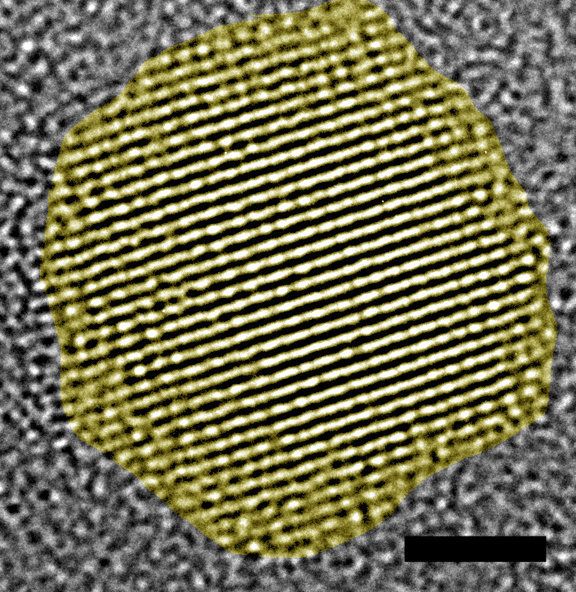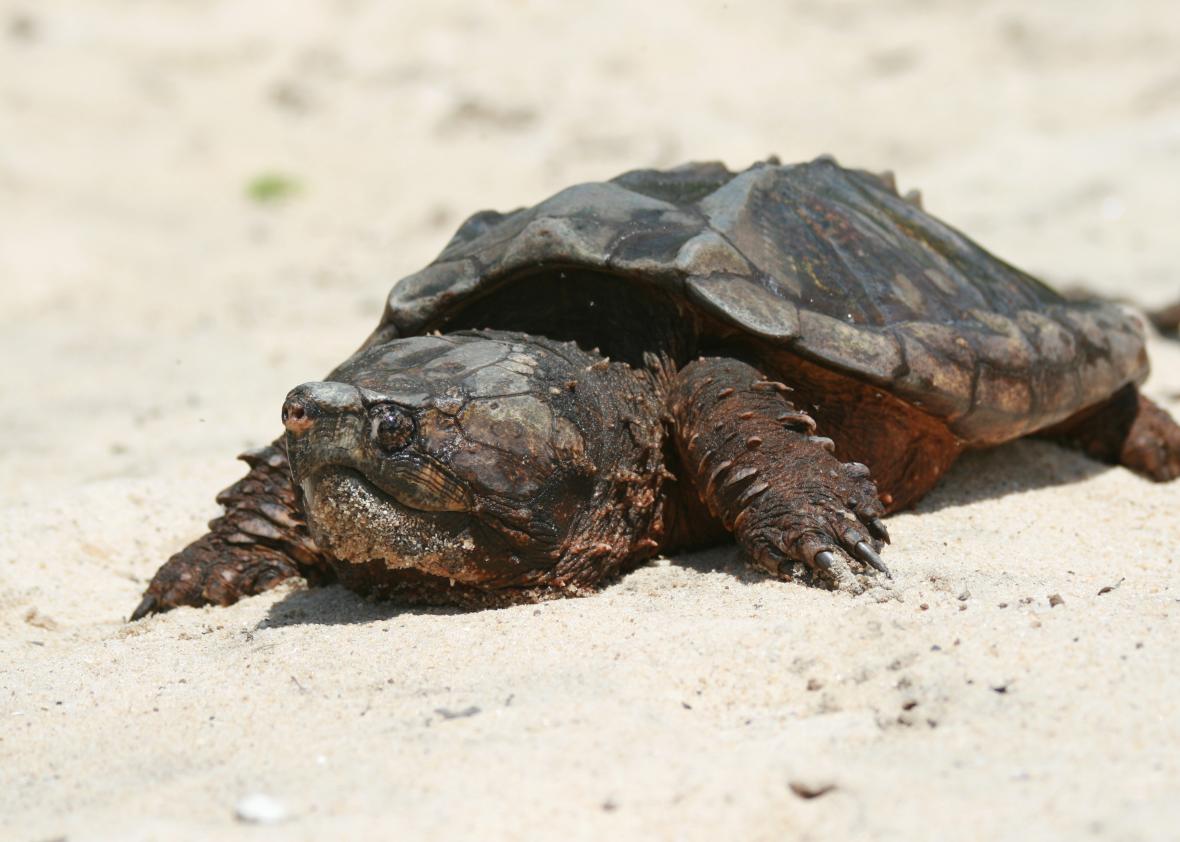If you sneeze when flowers bloom in the spring and tear up in the presence of a cat, your Neanderthal DNA may be to blame.
About
2% of the DNA in most people alive today came from trysts between
ancient humans and their Neanderthal neighbors tens of thousands of
years ago, recent studies have shown. Now, scientists are trying to
determine what, if any, impact that Neanderthal genetic legacy has on
our contemporary lives.
In a pair of papers published this week in the American Journal of
Human Genetics, two research teams report that in many people, a group
of genes that govern the first line of defense against pathogens was
probably inherited from Neanderthals.
These same genes appear to
play a role in some people’s allergic reaction to things like pollen and
pet fur as well, the scientists said.
See the most-read stories in Science this hour >>
“It's a bit speculative, but perhaps this is some kind of trade-off,” said
Janet Kelso, a researcher at the Max Planck Institute for Evolutionary Anthropology in Leipzig, Germany, and senior author of
one of the new studies.
“Increased resistance to bacterial infection was advantageous, but may
have resulted in some increased sensitivity to non-pathogenic
allergens.”
About
50,000 years ago, the modern humans who left Africa encountered
Neanderthal settlements somewhere in the Middle East, scientists
believe. On some occasions, these meetings
led to couplings whose
legacy is apparent in the genomes of people with ancestors from Europe and Asia.
Not everyone with Neanderthal DNA inherited the same genes. But the immunity genes appear to be more popular than others.
Among
some Asian and European populations, the researchers found that these
particular Neanderthal genes can be found in 50% of people.
“That's huge,” said
Lluis Quintana-Murci, an evolutionary geneticist at the Pasteur Institute in Paris and senior author of the
other study. “It came as a big surprise to us.”
The
findings imply that these Neanderthal genes must have served our
ancestors well if they are still hanging out in our genome today, and
especially at such high frequency, said
Peter Parham,
a professor of microbiology and immunology at Stanford School of
Medicine. If the DNA weren’t valuable, it would have been flushed out of
the human gene pool.
“It suggests there was a benefit for the
migrating modern human and the archaic human to get together,” said
Parham, who wasn’t involved in the research. “What has survived is a
hybridization of those populations.”
Both
of the research groups report on a cluster of three genes — known
collectively as TLR6-TLR1-TLR10 — that make up part of the body's innate
immune response to invading bacteria and viruses.
The innate
immune response is different from the acquired immune response that we
get through exposure to pathogens, either through vaccines or simply
getting sick. Innate immunity kicks in first, and if it’s successful, it
can destroy a pathogen in a few hours, before we even know we are sick.
Because
this innate immune response is so useful, it has been a strong site of
positive selection over time, Quintana-Murci said.
Though both
groups of researchers came to the same conclusion that Neanderthal DNA
plays an important role in immunity, the teams were asking different
questions at the outset of their studies.
Quintana-Murci's group
is trying to understand how microscopic pathogens have influenced the
human genome as our species has evolved.
Because infectious
diseases have killed so many people throughout human history, it makes
sense that genes involved in immunity would spread through natural
selection.
For
their new study, Quintana-Murci and his colleagues examined 1,500
innate immunity genes in people and matched them up with a previously
published map of the Neanderthal DNA in the human genome.
The team
calculated the percentage of Neanderthal DNA in innate immunity genes
as well as in other genes. When they compared them, they saw that innate
immunity genes had much higher proportions of Neanderthal sequences.
Kelso's
group, on the other hand, is interested in ancient genomes like those
of Neanderthals. In particular, her team aims to uncover the functional
consequences of long-ago interbreeding between modern humans and
Neanderthals.
The Max Planck Institute scientists analyzed the
genomes of thousands of present-day people from all over the world,
looking for evidence of extended regions with high similarity to the DNA
of Neanderthals. Then they checked how often they saw those
Neanderthal-like DNA sequences in humans alive today.
“What emerged was this region containing three genes involved in the innate immune system,” she said.
Both
research groups said there is still much work to be done to determine
exactly how this Neanderthal DNA helped humans survive.
However,
they are already certain that interbreeding with Neanderthals aided
early humans as they faced new dangers after leaving Africa.
“The
things we have inherited from Neanderthals are largely things that have
allowed us to adapt to our environment,” Kelso said. “This is perhaps
not completely surprising.”
Because Neanderthals had lived in
Europe and western Asia for about 200,000 years before modern humans got
there, they were probably already well adapted to the local climate,
foods and pathogens.
Join the conversation on Facebook >>
“By interbreeding with these archaic people, modern humans could then acquire some of these adaptations,” Kelso said.
Parham
of Stanford said the results are convincing, especially since they were
made by two independent groups that essentially confirmed each other.
The results add to a growing body of work that highlights our debt to our Neanderthal relatives.
“We're right in the beginning,” Parham
said. “This type of work has really lit a fire beneath archaeologists to
try to find more and more samples of Neanderthals so geneticists can do
more population studies.”





